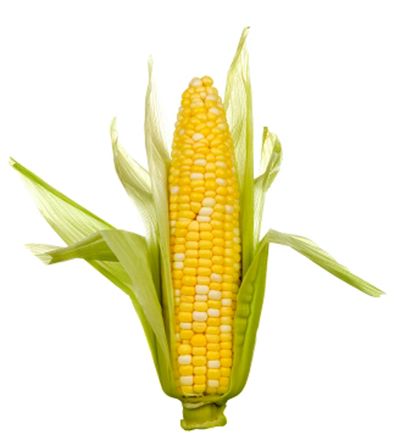Corn has many positives
It’s not a super food, but it has nutrients that keep us healthy

There’s hardly anything so sublime as a perfectly steamed ear of fresh corn.
But this all-American favorite has taken a bashing lately, at least in the media.
Gourmet magazine recently hosted a lively discussion about whether corn is worth eating. And a San Francisco writer named Daniel Patterson has blogged, in an entry called “Fed Up With Corn,” about how today’s corn, by virtue of overzealous cross-breeding, lacks the taste of the ears of his youth.
On a grander scale, corn has been sullied by the controversy surrounding high-fructose corn syrup – a sweetener many fear is bad for both our bodies and the environment – and has become embroiled in the politics of farm subsidies and ethanol production.
Its mass production by Midwestern mega-farms is portrayed unfavorably in Michael Pollan’s 2006 book, “The Omnivore’s Dilemma,” and in the 2007 movie “King Corn.” Both illustrate the way cheap, plentiful corn has invaded our diets – and not to our ultimate good.
Not that the negative press appears to have diminished corn’s popularity. But from a nutrition-conscious point of view, does corn deserve a place on our plates?
Corn admittedly is outshone by other summertime produce in the nutrients it delivers.
A medium ear, at about 100 calories, offers about 10 percent of the federally recommended daily value, or DV, of Vitamin C and folate.
It delivers about 12 percent of the DV for Vitamin B1, or thiamine, which helps your body convert carbs into energy and keeps your heart, muscles and nervous system working well. Thiamine is also thought to help maintain cognitive function and prevent memory loss. (A severe thiamine deficiency causes beriberi, which can harm the heart or nervous system.)
In addition to the minerals phosphorus (for bone and tooth strength) and manganese (which helps your body use nutrients such as Vitamin C and thiamine), corn offers some Vitamin B5, or pantothenic acid, which may help mediate stress by supporting adrenal-gland function.
Corn gets its yellow color from the phytochemical zeaxanthin, which promotes eye health, according to Kerry Neville, a spokeswoman for the American Dietetic Association.
And according to research at Cornell University published in 2002, cooking apparently boosts corn’s antioxidant activity (which may help protect against heart disease and cancer, among other conditions).
Of course, if you use corn mostly as a vehicle for butter and salt, its nutrients may be outweighed by saturated fat and sodium, neither of which does your cardiovascular system any favors.
In any case, providing nutrients isn’t really corn’s strong suit. Though eaten as a vegetable, corn agriculturally is considered a whole grain – and we all know we need more of them, right?
When we think about adding more whole grains to our diet, we tend to think about wheat. But corn is a perfectly legit whole grain that does an admirable job of performing the tasks expected of all whole grains.
Corn is composed of both soluble and insoluble fiber. The soluble fiber becomes gel-like when wet, and it binds to undesirable matter such as cholesterol and escorts it out of our bodies. It also slows the absorption of dietary fat.
Insoluble fiber, which our bodies can’t digest, scrapes the sludge out of our gastrointestinal tracts. Those big kernels are like snowplows, scooping stuff up as they move through your intestines. When the kernels leave your body, so does a lot of material your body doesn’t need.